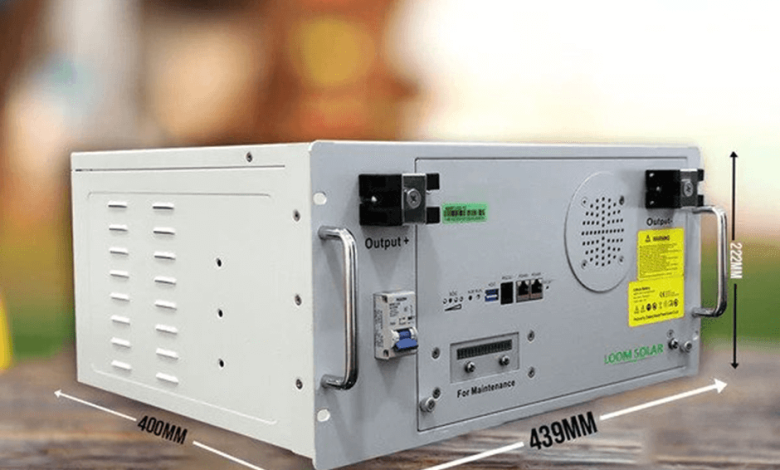How to choose the best Inverter Battery for your Home?

As soon as your panels produce energy that you do not need, it is possible to store it in a battery. This amounts to setting it aside for later use. In absolute terms, the use of a battery seems interesting:
· You become 100% independent of the public network
· Now you don’t have to be concerned about the weather at all!
Here are the types of batteries that you must consider:
- The open lead battery: this lead battery is one of the most economical but requires a lot of attention. It is not waterproof and must be placed outdoors or in a ventilated space, sheltered from the cold.
- The AGM battery: this other lead-acid battery requires less care than the first. Very resistant, it can be placed anywhere and charges quickly. On the other hand, it does not support long periods of discharge which can damage it.
- The gel battery: this is a superior version of the lead-acid battery. It is very solid and requires no maintenance.
- The lithium battery: the lithium battery is the latest and by far the most technological battery. They are increasingly used in everyday life (scooters, cars, etc.) and are constantly evolving. Very efficient, they nevertheless display a poor energy balance.
How much does it cost?
These technologies come at a solar battery price. It depends on the brand, storage capacity of the Inverter battery for homes, and its precise model. Most of the time, it is necessary to couple several batteries to achieve the storage capacity required for your installation.
Is it profitable?
Considering its price and performance, the battery for solar panels is not yet profitable for daily use. The developing lithium battery is improving day by day and its price is expected to drop in the coming years.
The storage capacity of solar batteries
The energy stored in a battery, battery capacity can be referred to as the amount of energy stored in a battery in one hour and it is measured in Wh, kWh, or Ahr. It determines the volume of energy that can be stored by the solar battery and then redistributed in the house.
The capacity in watt-hours (Wh) of a solar battery is calculated from the intensity of the battery (given in ampere Ah) and by multiplying it by the voltage expressed in volts.
Depth of discharge of inverter battery
Depending on the technology used, and to extend the life of solar batteries, they never completely discharge. This is why the batteries are largely “oversized” compared to the installation in place so that they do not discharge beyond a certain threshold. If this threshold is given by the manufacturer at 50% for example, then only 50% of the battery capacity can be used, no more. This method makes it possible to better preserve the solar batteries over time.
The life expectancy of a solar battery
The lifespan of an Inverter battery for home is generally evaluated by the number of cycles that it can carry out before no longer being functional, that is to say, its capacity to charge and discharge. Each battery will slowly reduce in capacity over time and daily depth of discharge. The fewer cycles a battery performs, the less quickly it will wear out. It is estimated that a battery will soon be inefficient when it has lost about 20% of its original capacity. Nowadays, lithium batteries are notoriously the most efficient with a durability of up to 6000 cycles!














